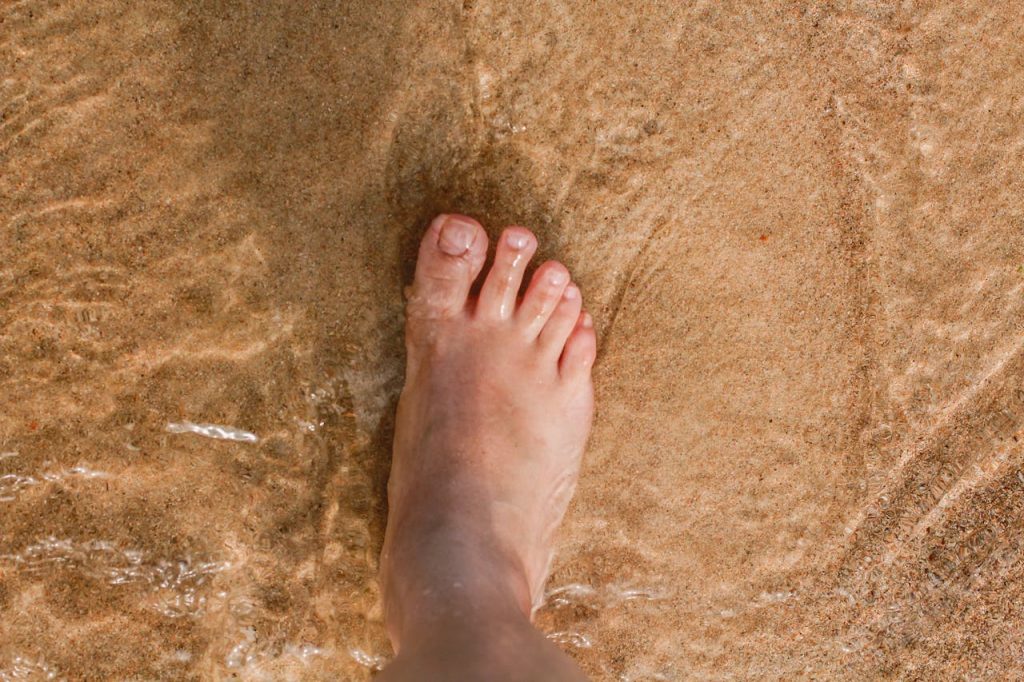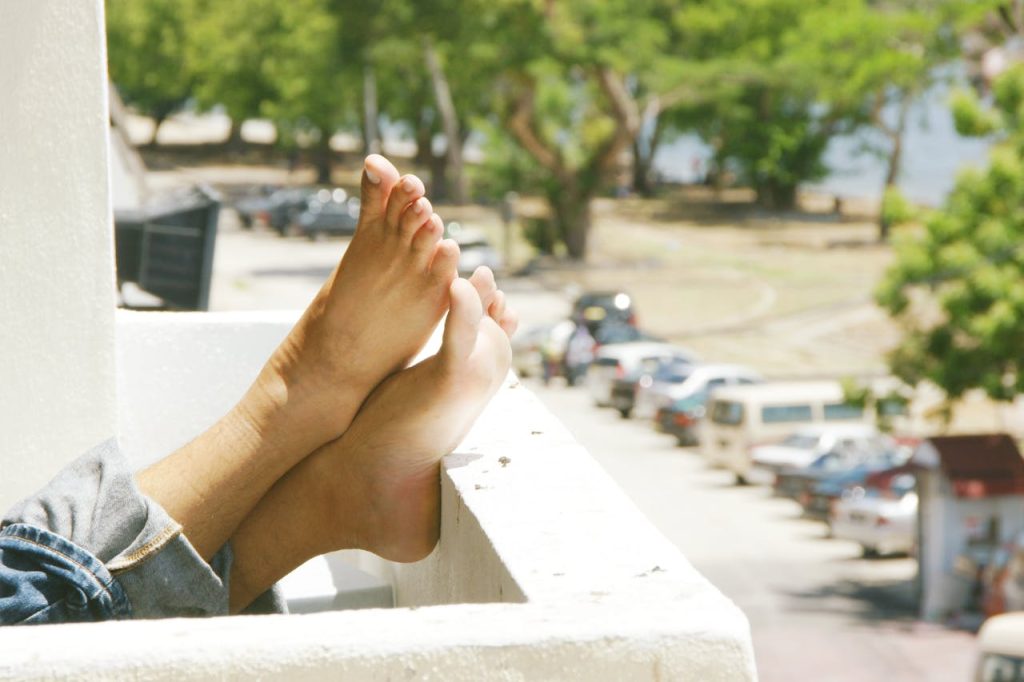If you’re dealing with supination—when your weight shifts more to the outer edges of your feet while walking or running—finding effective support is essential to prevent discomfort and long-term issues. Orthotics can be a powerful tool to help balance foot alignment and improve stability, reducing strain on the feet, ankles, and legs. However, using orthotics isn’t as simple as slipping them into your shoes; incorrect usage can actually worsen supination symptoms or lead to new issues. Knowing how to use orthotics properly is key to achieving real relief.
In this article, we’ll explore five common mistakes people make when using orthotics for supination. Each mistake not only affects the effectiveness of the orthotics but can also lead to discomfort and even injury. From choosing the wrong type of orthotic to not allowing an adequate adjustment period, these errors are easy to overlook but can make a significant difference in your results. Understanding these pitfalls will help you make informed decisions and get the most out of your orthotics.
Whether you’re a seasoned orthotics user or just starting out, avoiding these mistakes can help you achieve better foot health and overall comfort. By making minor adjustments in how you select, wear, and maintain your orthotics, you’ll experience improved support and alignment. Let’s dive into the top five mistakes to avoid and how you can use orthotics to better manage supination for the long term.
1. Choosing The Wrong Type Of Orthotic
Selecting the right type of orthotic is essential for anyone with supination because it directly impacts the level of support and correction your feet receive. Off-the-shelf orthotics are often marketed as universal solutions, but they typically lack the precise contouring needed for supination support. Since underpronation causes your feet to roll outward, custom orthotics tailored to your unique foot shape and gait can help prevent additional strain. Customized orthotics are made to correct specific imbalances, which helps reduce the excessive pressure on the outer edges of your feet.
Another issue with choosing the wrong orthotic type is inadequate arch and heel support. Supination is often accompanied by high arches, which need cushioning and stability to prevent discomfort and misalignment in the knees, hips, and back. Generic orthotics might provide minimal support, but they often fail to address the exact needs of a supinated foot, potentially leading to more pain or injury. A well-designed orthotic for supination should distribute weight evenly and correct alignment to relieve pressure and provide lasting comfort.
To ensure you’re selecting the right orthotics, it’s worth consulting a podiatrist or orthotics specialist. These professionals can assess your feet, analyze your gait, and recommend orthotics designed specifically for supination. They may suggest custom orthotics, which are tailored to the biomechanics of your feet, helping to correct alignment and reduce discomfort. Investing in the right type of orthotic can make a significant difference in the overall health and function of your feet.
2. Ignoring The Break-In Period
Orthotics, especially custom-made ones, require a break-in period to allow your body to adjust to the new support and alignment. Wearing orthotics for extended periods immediately after getting them can lead to discomfort, as your feet, ankles, and even legs adjust to a new position. Starting with shorter periods, such as one to two hours a day, and gradually increasing wear time can help you ease into them comfortably. This approach lets your body adapt gradually, minimizing the risk of soreness or strain.
The break-in period is particularly important because orthotics can feel foreign to the body at first. They alter the way your foot sits in the shoe and may change how you walk or stand. These adjustments can impact other areas, such as the knees or hips, which may need time to adapt to the altered biomechanics. Taking a gradual approach can prevent overloading these areas too quickly, ensuring a smoother transition and allowing your orthotics to become a natural extension of your foot.
Sticking to a break-in schedule might require patience, but it’s essential for long-term comfort and effectiveness. Rushing the process can lead to blistering, soreness, or even injuries that can undermine the benefits of orthotics altogether. Many podiatrists recommend a break-in period of one to two weeks, during which you gradually extend your wear time. Following these guidelines helps maximize comfort and ensures that the orthotics provide reliable support without discomfort.
3. Wearing Orthotics In Incompatible Shoes
Wearing orthotics in shoes that aren’t designed to accommodate them is a common mistake that can reduce the benefits of orthotic support. Orthotics generally need a stable base to work effectively, which many unsupportive shoes lack. Shoes that are too flexible, worn out, or lacking in arch support won’t provide the stability needed to counterbalance supination. Instead, a rigid shoe structure helps ensure your orthotics fit securely and support your feet adequately, providing a foundation for correct alignment.
Another issue is that incompatible shoes can cause orthotics to slip or move around, reducing their effectiveness and causing discomfort. Shoes with removable insoles are typically a better fit for orthotics, as they allow the orthotic to sit closer to the footbed and offer a stable, consistent surface. Tight or narrow shoes, on the other hand, may cause compression, leading to foot pain or rubbing that can create blisters. Choosing the right type of shoe is as important as selecting the correct orthotic, as both work together to improve alignment.
For the best results, opt for supportive shoes that match your lifestyle needs while also accommodating the orthotics. Athletic shoes, hiking boots, or structured casual shoes often have the depth and support needed for orthotic inserts. Investing in well-fitting shoes that complement your orthotics ensures your feet are properly supported, reducing strain on your ankles, knees, and hips. This combination will allow your orthotics to deliver optimal results, enhancing comfort and support with each step.

4. Skipping Regular Orthotic Maintenance
Orthotics are designed to support your feet over an extended period, but they do require regular maintenance to remain effective. Over time, orthotics can become compressed, worn, or misshapen, reducing their ability to provide proper alignment and support. Skipping maintenance can lead to uneven wear, which may affect your gait and put unnecessary strain on your feet. To keep orthotics in top shape, inspect them regularly for signs of wear or damage, and replace them as recommended by your specialist.
Cleaning is another aspect of maintenance that’s often overlooked. Dirt, sweat, and other debris can accumulate on your orthotics, affecting their cushioning and comfort. Cleaning them periodically with mild soap and water can help prevent buildup and ensure they maintain their structure and support. Avoid using harsh chemicals, as they may damage the materials, making the orthotics less effective and more likely to wear out prematurely.
Many custom orthotics will also need periodic adjustments, especially if you experience changes in weight, activity level, or health conditions that alter your foot structure. Check-ups with a podiatrist every one to two years allow for minor adjustments that keep orthotics performing well. By maintaining your orthotics properly, you can extend their lifespan and ensure they continue to provide the corrective support needed to manage supination effectively.
5. Neglecting Professional Guidance
Skipping professional guidance when selecting or using orthotics is a frequent mistake that can impact foot health. Podiatrists, orthopedic specialists, and other foot care professionals are trained to assess the unique needs of your feet, particularly with conditions like supination. A professional evaluation can identify specific areas of strain and imbalance, helping you select the most effective orthotic design. Attempting to use orthotics without guidance can lead to improper fit or support, reducing their corrective capabilities.
Once you’ve started using orthotics, periodic follow-up appointments can help ensure that they’re still meeting your needs. Feet can change over time due to factors like weight fluctuation, activity level, or age, which may require adjustments to the orthotics. By working with a specialist, you can make these necessary changes, enhancing the effectiveness of your orthotics and reducing the risk of discomfort or further misalignment.
Professional guidance is particularly valuable for custom orthotics, as they may require specific instructions for use and care. A specialist can also offer advice on compatible footwear and tips for the break-in process, helping you avoid common pitfalls. Taking the time to consult with a foot care professional ensures that your orthotics are providing the best possible support and alignment for your unique needs.
Final Thoughts
Orthotics can be a vital tool in managing supination, but maximizing their benefits requires careful attention to usage and maintenance. From choosing the correct type of orthotic to understanding the importance of compatible footwear, each step plays a role in improving foot alignment and overall comfort. Avoiding these common mistakes will help you get the most out of your orthotics, promoting better balance, reducing strain, and preventing injury.
With a gradual break-in period, consistent maintenance, and the right shoes, orthotics can provide significant relief and support for those with supination. It’s important to remember that while orthotics can help with alignment, they are most effective when combined with professional guidance and routine care. If you’re uncertain about any aspect of orthotic use, consulting with a specialist can provide personalized insights and recommendations.
Overall, investing time and effort into proper orthotic use is worth it for long-term foot health and comfort. By taking these steps and avoiding common mistakes, you’ll allow your orthotics to do their job effectively, helping you move with greater ease and stability.
Find Relief From Supination With Custom Orthotics From The Shoe Doctor!
If supination (underpronation) is causing discomfort and impacting your daily activities, custom orthotics could be the solution to restore balance, improve mobility, and reduce pain. Supination occurs when your weight shifts to the outer edges of your feet, often leading to foot, knee, and hip pain and instability. Custom orthotics are designed to correct this misalignment, providing targeted support that promotes proper foot posture and long-term health. By addressing the root cause of supination, these orthotics can help you walk, run, and live actively—pain-free.
At The Shoe Doctor, we bring over 20 years of expertise in crafting high-quality orthotics designed to combat issues like supination. Our expert, Russell, utilizes cutting-edge 3D foot mapping technology to create orthotics that perfectly match the unique structure of your feet. In collaboration with the Spine & Injury Medical Center in San Jose, we take a holistic approach to mobility challenges, ensuring that your treatment goes beyond foot health alone.
If you’re located in the South San Francisco Bay Area, trust The Shoe Doctor for effective, personalized orthotics that improve your movement and comfort. Schedule your complimentary consultation today and take the first step toward correcting supination for good!
Disclaimer
The materials available on this website are for informational and entertainment purposes only and not to provide medical advice. You should contact your doctor to obtain advice concerning any particular issue or problem. You should not act or refrain from acting based on any content included in this site without seeking medical or other professional advice. The information presented on this website may not reflect the most current medical developments. No action should be taken in reliance on the information contained on this website and we disclaim all liability for actions taken or not taken based on any or all of the contents of this site to the fullest extent permitted by law.


